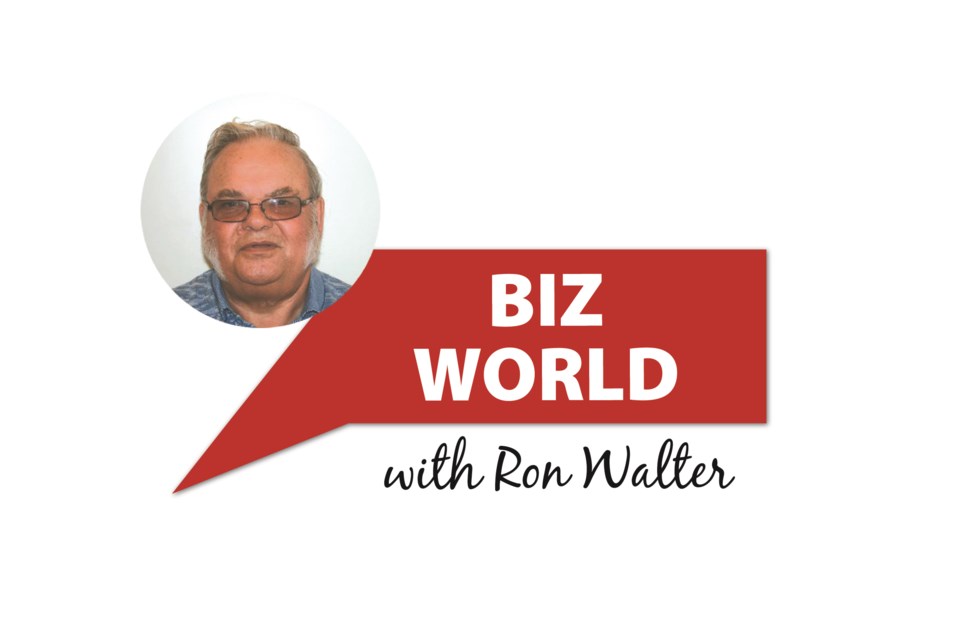The largest land deal in the City of Moose Jaw’s history has been signed putting $7.8 million in the city’s bank account with another $36.7 million in development fees if and when the land is developed.
Council and administration can justifiably crow and boast over this accomplishment.
This deal offers awesome potential to Moose Jaw for future industrial development and also takes some of the heat off the city for economic development. If an investor wants to develop industry in Moose Jaw, the city just turns them loose on Carpere, the new industrial park owner.
It could be that simple except the Carpere industrial park is just one of three industrial parks on the Prairies in the Carpere stable. Moose Jaw will compete with the others for industry.
The company recently paid $2.2 million for a 317 acre industrial park in Portage La Prairie, Manitoba and owns an industrial park at Tisdale, Saskatchewan.
Carpere’s web site is very general and promises investors and farmers great things with the Chinese agricultural market seeming to be the target.
Given current trade issues, we shouldn’t be looking for a lot of agricultural industry associated with China any time soon.
In Moose Jaw Carpere has plans to develop 64 acres of the industrial park into residential properties – not too far from the smell of the city's sewage lagoon system.
Developing an industrial park from scratch is a long-term venture. Just look at Moose Jaw’s history with Grayson Park. Opened in the early 1970s under provincial government ownership, later sold to Moose Jaw for $1, this park still isn’t full after nearly 50 years.
Had the city not discounted lots around 2011, much more of Grayson Park would still be vacant land.
Full development of an industrial park is more a function of local economic growth than of ownership, whether private or public.
Why would private investors come to Moose Jaw, Portage La Prairie and Tisdale and plunk down millions of dollars to buy industrial land with no immediate prospect of development?
Why Moose Jaw, Lord?
Multi-millionaires and billionaires are always looking for long-term investments to hedge against inflation to protect the value of their capital.
What better long-term hedge than land located in the middle of nowhere in an agricultural-based centre? The famous author Mark Twain told his readers to buy land. “They’re not making any more.”
Value of land in these industrial parks will keep up with inflation, likely increase at a rate faster than inflation.
In the next 20 or 30 years, any industrial development attracted to the parks will be a bonus return for investors.
Let’s hope Carpere finds plenty of industry soon, but don’t hold your breath waiting for it.
Ron Walter can be reached at [email protected]
The views and opinions expressed in this article are those of the author, and do not necessarily reflect the position of this publication.




